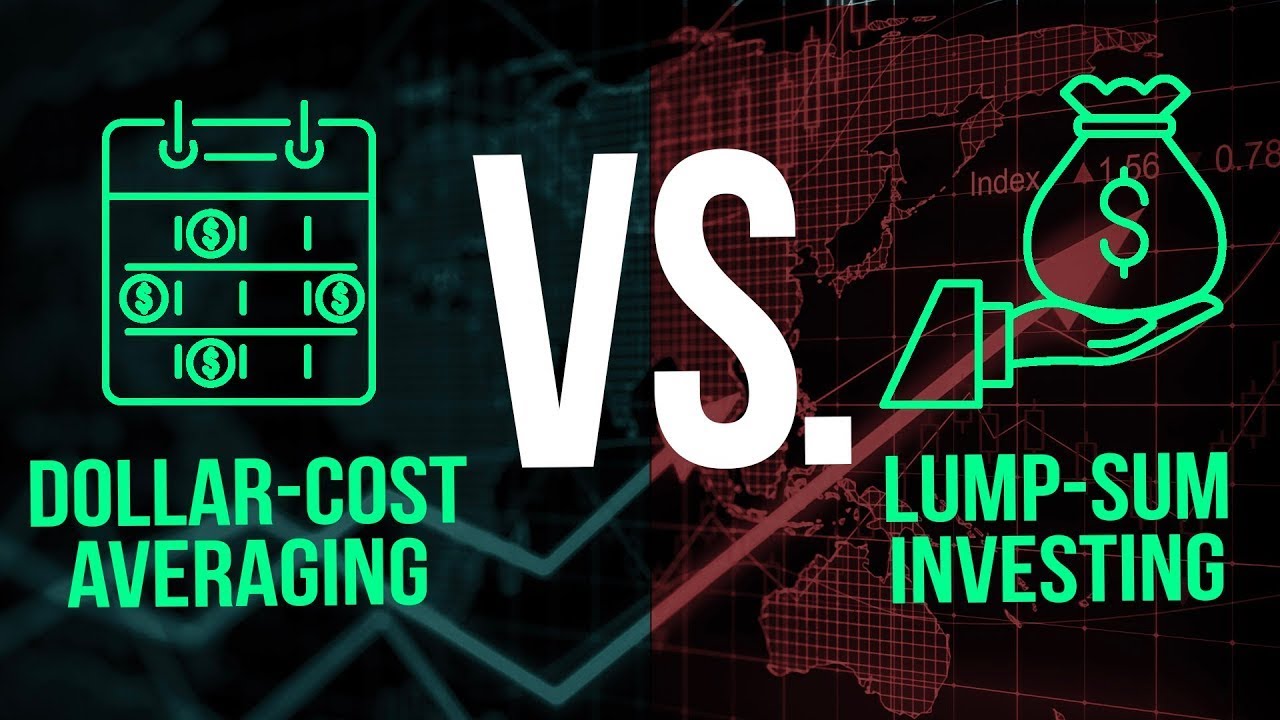#stock #market #investing #strategy #buy
$SPY $SPX
“Investing is not an all-or-nothing pursuit. So, if you are worried about the market’s future, dollar-cost averaging may be the better strategy for your comfort”— Paul Ebeling
The Big Q: if you have the cash to invest, should you put it all of it into the stock market at once (lump sum), or spread it out over time?
That Big Q has been and continues to be a fierce debate on Wall Street for decades, especially now that “buy the dip” may be showing signs of fraying.
Turns out, investing all of your money right away historically leads to better returns over time Vs a slow-and-steady approach with smaller increments invested in that span aka dollar-cost averaging, according to my experience and our research.
The S&P 500, widely used by mutual funds as a proxy for the stock market, has grown an average of 8% a yr since Y 1990. But it has endured double-digit gainers and losses over those yrs.
So trying to time the market runs the risk of missing out on frames of exceptional returns.
Many investors tend to gradually put their money in the stock market instead of trying to time the next Top or Bottom. That is a strategy called dollar-cost averaging, where investors put money in the market over time at set intervals.
Owners of 401(k) plans use the strategy through their paycheck contributions.
Investors who opt for the lump-sum strategy hope to put their money to work immediately and take advantage of future market growth. They bank on history, which shows that stock market returns exceed those of bonds.
Buying the dip is essentially market timing, and that is what money management experts say not to do.
We have crunched the numbers to see which method worked better over time.
Here is a hypothetical situation: Say you have $10,000 to invest in a no-fee fund tracking the S&P 500.
Should you invest $100 on the 1st day of every month for 100 months, or put all of the $10,000 in the market on the 1st day of the next month, then let it ride for 100 months?
We ran all 100-month frames since January 1950 to see each strategy’s success over time. In this scenario, lump-sum performed better 85% of the time compared with dollar-cost averaging, the data showed.
But lump-sum investing works best when there is not a market downturn looming. Much of the risk is concentrated in the day you pick to invest, whereas dollar-cost averaging makes it easier to spread out risk over time.
There are times when dollar-cost averaging is the better strategy.
In our analysis, dollar-cost averaging beat lump-sum investing by the widest margin when the investing period started around a market high.
For those who are convinced this is the top, staying out of the market could get expensive. If you have waited for a pullback bigger than 5% before investing, you would have missed the S&P 500’s 30% rally from November til late September.
That means investors who had been waiting to put money to work once the markets saw a moderate or severe decline would have missed out on big gainers. And some investors may use waiting to “buy the dip” as a crutch to not invest.
Dollar-cost averaging is a good strategy for investors who canot stomach a lot of risk.
For instance, if you have a lump sum of money to invest and you put it into the market all at once, then you run the risk of buying at a Top, which can be unsettling if prices fall.
The potential for this price drop is called a timing risk.
Here is an example: If you put your $10,000 into the market in November 1990, which was before 1 of the longest Bull markets in history, your money more than 4X’d over the next 100 months.
But if you invested $10,000 in October 2000, right after the tech collapse, you lost 50% over the same frame.
Even for the most experienced traders, timing the market is difficult. So investors should avoid those impulses, financial experts say.
In fact, the stock market’s best days typically follow its biggest drops, which means that panic selling can lead to missed opportunities.
So, I you are worried about a sell-off, dollar-cost averaging could be a way to ease your anxiety about investing at record high.
Investing is not an all-or-nothing pursuit. So, if you are worried about the market’s future, dollar-cost averaging may be the better strategy for your comfort.
Have a prosperous day, Keep the Faith!









